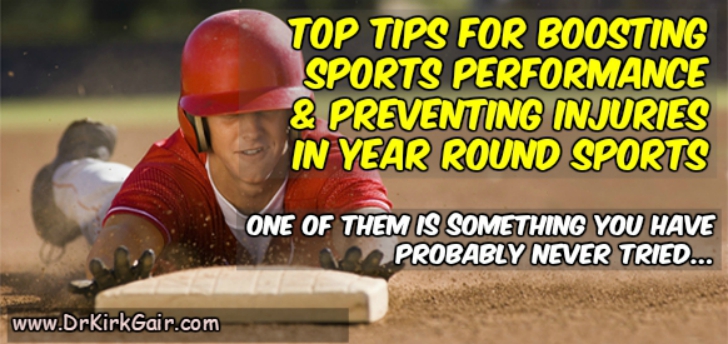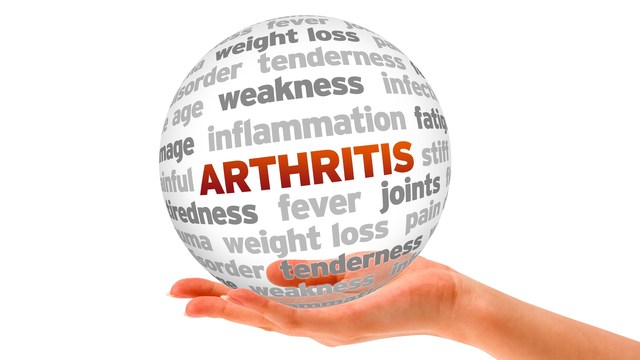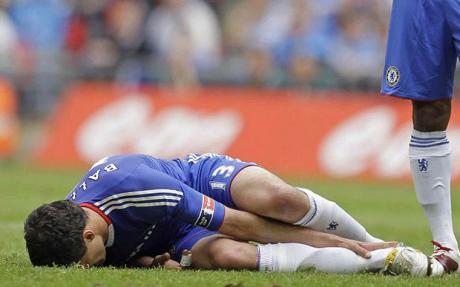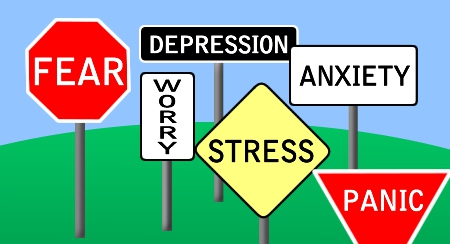If you play sports or have kids who do, injuries and sore muscles are pretty much inevitable.
It can be really frustrating when you can’t perform at your best because of a nagging injury, or when your young superstar has a big showcase this weekend but might not be able to play well enough to impress the scouts.
We all pretty much know how important stretching, icing, water intake, and healthy foods are, but recent studies suggest that there are newer ways to dramatically boost performance, improve recovery, and prevent injuries, and chances are you have never heard of them.
Here are the major breakthroughs in sports performance and recovery…
Cold Laser Therapy
This has long been a secret of top tier professional athletes and Olympic champs. Now this technology is available for the average athlete who doesn’t have a million dollar contract…yet.
When many patients walk into my office for help with sports injuries or to enhance performance and they see my lasers, the first thing they usually think is “how is that crazy red light that looks like a barcode scanner going to help me?!”
I understand how they feel, because I thought the same thing when I was introduced to them in 2004. However, there is an abundance of research studies that show that we really already are in the age of “Star Trek” when it comes to advanced, non-invasive methods to dramatically alter human performance and recovery, and lasers are at the forefront. Here are just a handful of the studies that illustrate this fact…
-The Feb 2015 edition of Lasers in Medical Science found that laser therapy “improves muscular performance and accelerates recovery mainly when applied before exercise.” http://www.ncbi.nlm.nih.gov/pubmed/24249354
– The Jan-Feb 2013 edition of the Journal of Athletic Training found that laser therapy “administered to skeletal muscle immediately before resistance exercise can enhance contractile function, prevent exercise-induced cell damage, and improve postexercise recovery of strength and function.”
-The same study concluded that laser therapy done before sports could “positively affect physical performance by delaying the onset of fatigue, reducing the fatigue response…and protecting cells from exercise-induced damage.” http://www.ncbi.nlm.nih.gov/pubmed/23672326
-The Nov 2014 edition of Lasers in Medical Science found that lasers applied BEFORE exercise “significantly increases performance, decreases DOMS (delayed onset muscle soreness) , and improves biochemical markers related to skeletal muscle damage.” http://www.ncbi.nlm.nih.gov/pubmed/24942380
What is great about this study is that they also used blood tests to verify that the lasers had an impact. Several studies showed lasers decreased lactic acid (blood lactate levels), creatine kinase, the inflammatory marker C reactive protein, and decreased the onset of fatigue, such as this one in the 2009 edition of Lasers in Surgery and Medicine: http://www.ncbi.nlm.nih.gov/pubmed/19731300
– The Jan 2015 edition of Lasers in Medical Science concluded that laser therapy “can increase cytochrome c oxidase activity in intact skeletal muscle and …can enhance performance and protect skeletal muscles against fatigue development and tissue damage.” http://www.ncbi.nlm.nih.gov/pubmed/24957189
Why is increasing cytochrome c oxidase important to an athlete? This is necessary for your mitochondria to be able to make ATP, which means ENERGY for your cells. More cytochrome c oxidase = more ATP = more energy = better sports performance. Pretty powerful. And no side effects.
It gets even more amazing…
Ever hear of STEM CELLS?
It turns out that cold lasers can actually stimulate your body to make stem cells, which can then be used to repair the damaged muscle tissue. This finding was presented in the Nov 2012 journal Photonics & Lasers in Medicine. http://www.ncbi.nlm.nih.gov/pubmed/23626925
I have been using lasers for sports injuries since 2004 on Super Bowl champion athletes, World Series Champion athletes, and all the way down to youth travel teams, and have consistently been amazed at the results that they get not only with injury recovery but also by enhancing performance legally, without banned substances.
Functional Medicine, Genetic Testing, & Food Reaction Testing
Many of you may have never heard of this, and this really starts sounding like science fiction. Pros are hacking their diets with some of these tests I am going to discuss to get into Beast Mode more frequently.
We can now actually run blood tests to see what foods work for your body, what genes you have that could put you at higher risks for a knee or achilles tendon injury, and to see what nutrients and in what amounts you need for optimal performance. Amazing times we live in!
In the April 2015 edition of the journal PLoS One, they found that “recent genetic research provides valuable information to help reduce sports injuries and to optimize nutrition. There are many genetic studies for health and disease that can be mined to provide useful information to athletes about their individual risk for relevant injuries.” http://www.ncbi.nlm.nih.gov/pmc/articles/PMC4412532/
The July-Aug 2015 edition of the journal Nutrition had this finding: “we advocate the need to adopt an individualized diet for each athlete performing a specific sport or in a specific period of training, clinically supervised with inclusion of blood analysis and physiological tests, in a comprehensive nutritional assessment.” http://www.ncbi.nlm.nih.gov/pubmed/26059364
So just what are the tests that are recommended? At minimum, an athlete should get their Vitamin D level tested, as well other markers such as serum iron, homocysteine, inflammatory markers like C reactive protein, ESR, and uric acid, thyroid function tests including antibodies, blood sugar status including an HBA1C, and more.
Genetic testing for injury risk can also be done, although that is far less common. It could be beneficial because then the athlete could perform specific training activities to strengthen the weak area to prevent injury, or even change which sport or position they are playing.
Food reaction panels, like the ones from Cyrex Labs, can tell if an athlete is eating foods that are actually triggering inflammation, sapping their metabolism, and even triggering auto immune attacks on their muscles, brain, nerves, thyroid, joints, or other tissues.
Many athletes I have tested are reactive to grains like rice and gluten, or proteins like casein and whey.
An incredibly high percentage of athletes are downing whey protein shakes every day to enhance performance, and for some of them this is actually triggering inflammation, tissue destruction, and sapping performance.
Cyrex’s tests can even tell if you are able to eat raw versus cooked versions of foods, and even sauces, spices, and fillers. They also have a fantastic test for Celiac and gluten sensitivity.
This is statistically pretty important to athletes. Current rates of Celiac disease are 1 to 2 people in every 100. Non-celiac gluten sensitivity rates are estimated to be between 5% and possible 15%, which means that is at least 1 in every 20 athletes.
Eating that food can not only create stomach discomfort, but can create neurological symptoms, muscle weakness, depression, poor coordination, and more. None of these are good for a top athlete. In some athletes, it can actually trigger them to attack their own body tissues, like muscle, joint, bone, etc. Cyrex’s Array 5 can tell you exactly what tissues you attack when you eat foods you react to.
So What Do I Do Now?
Well, if you read all the way to here, sports performance is pretty important to you. The difficult thing will now be finding a provider who knows how to utilize these methods for athletes.
For finding a laser doctor, I recommend going to www.Erchonia.com and using their “find a provider” search option. You can enter your zip code and find someone near you. You will still need to question them, however, to see how much training they have completed in working with athletes, as not all will know what I have shared with you here.
For the blood testing, you will need to search for a Functional Medicine trained specialist. You may have a tough time finding someone who does both like I do. I wish I could provide a better resource for finding someone who knows how to use functional medicine for sports, but unfortunately I do not. However, here is a resource of providers who have received similar training to mine, although they tend to specialize more in thyroid disorders and chronic illnesses compared to sports performance: www.thyroidconnections.com
I hope you found this article helpful and that you are excited about the potential for you or your future superstar.
You can contact me at laserchiro@yahoo.com, follow me on twitter @drkirkgair, or on Facebook at www.Facebook.com/LaserChiropractic or www.Facebook.com/ThyroidInfo, or at www.LaserChiropractic.net
As always, please consult with your personal physician before trying any of the methods discussed in this article. This article is not intended to provide a diagnosis or offer a treatment plan or medical advice for any condition.




